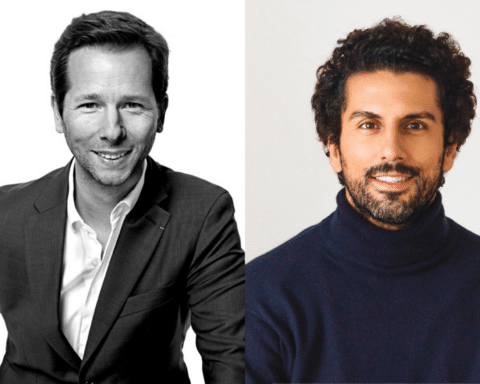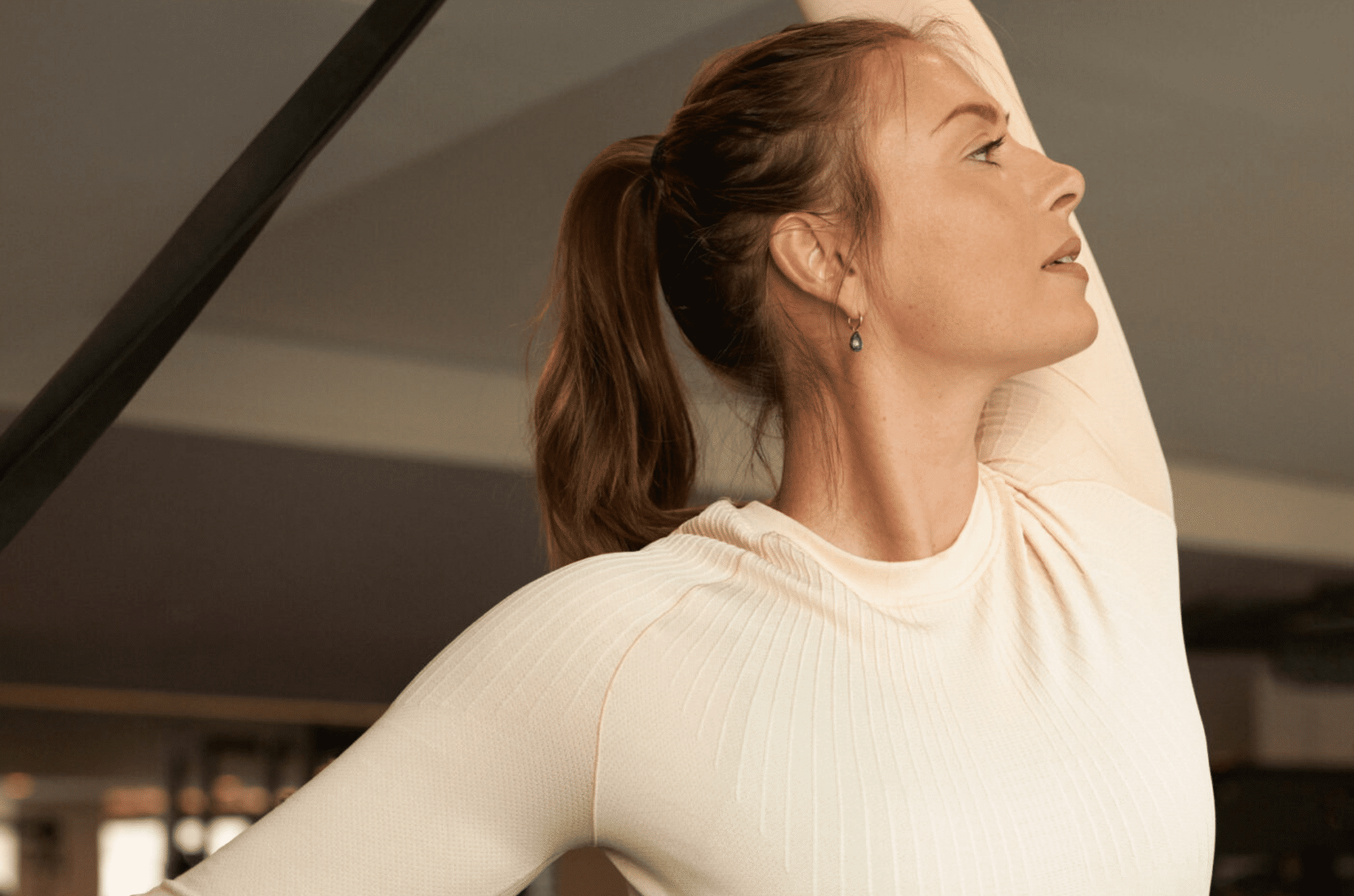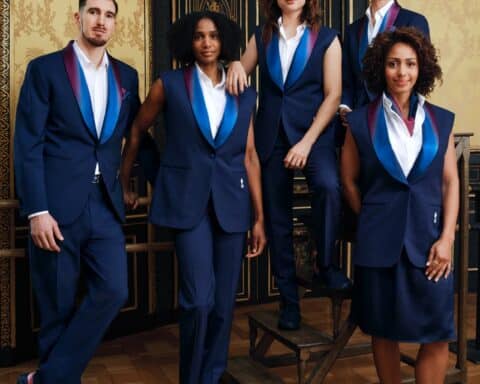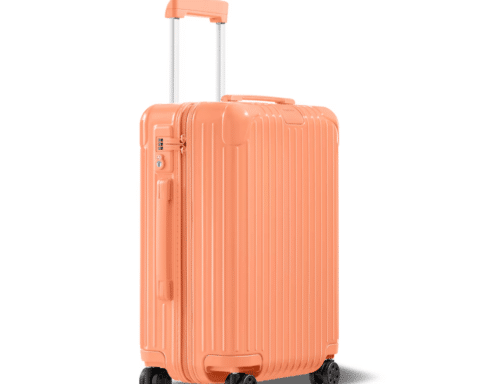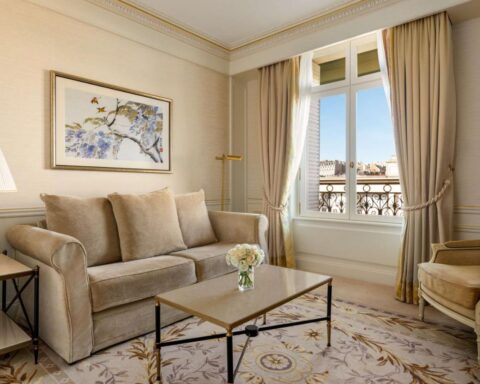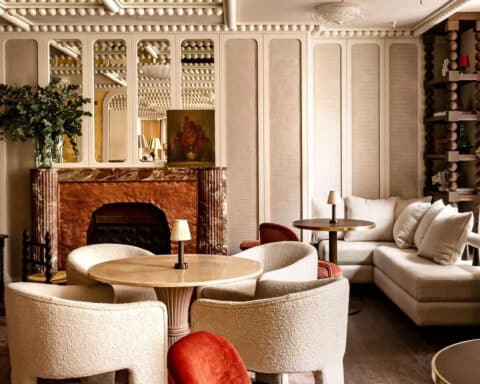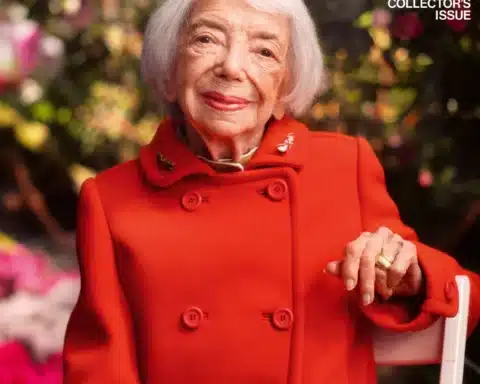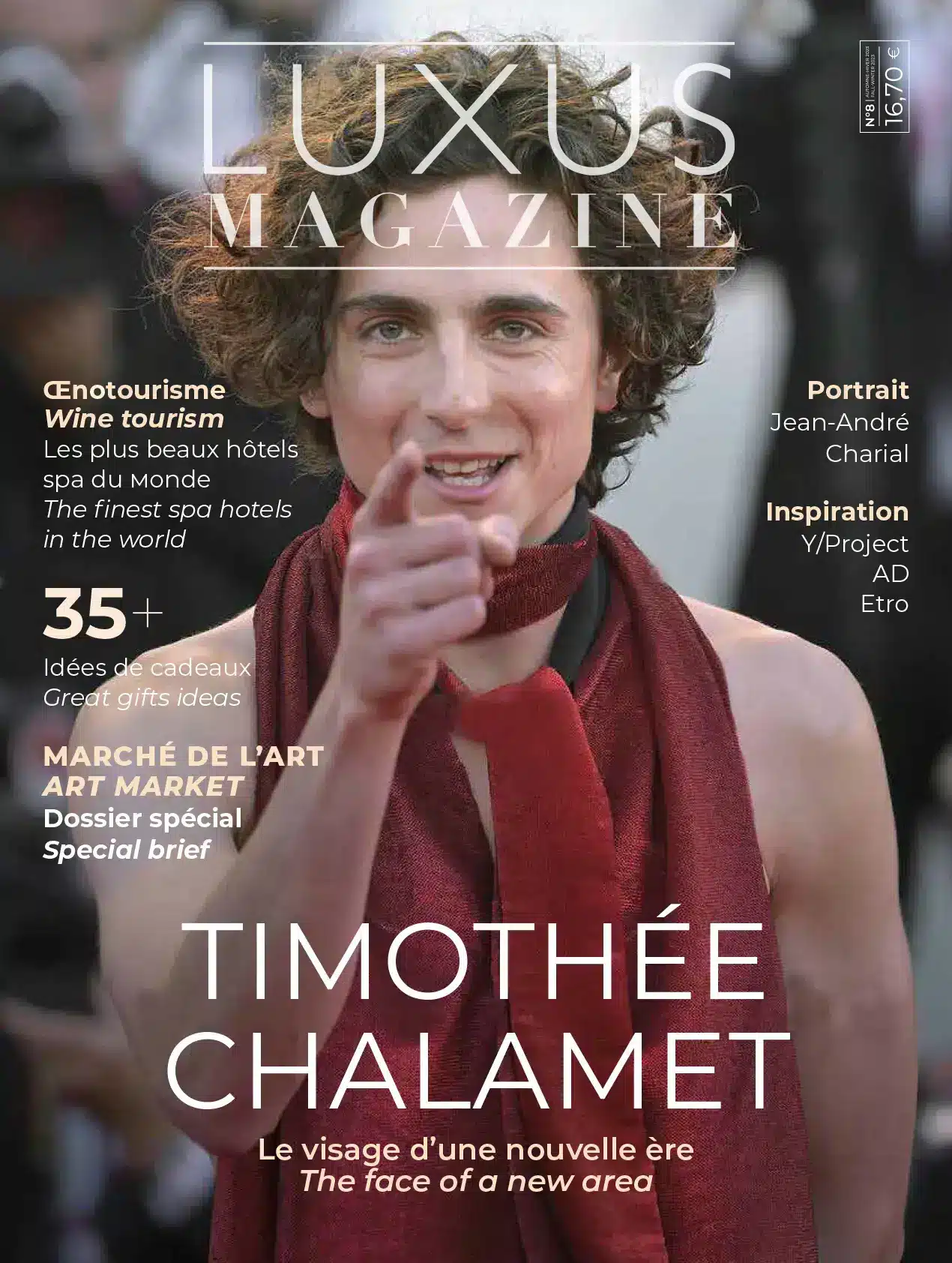For some time now, artistic directors of luxury houses have tended to put their employees in the spotlight. But how do you explain this emphasis on a staff that used to work in the shadows?
For its 2023 cruise collection, the Italian luxury house Gucci presented its lookbook on July 17th. The particularity of this lookbook is the models that present the collection. Indeed, rather than the house’s usual models, the brand’s employees were chosen to pose. We find for example Marvin, menswear designer, as well as Olivia, kidswear designer and Geraldo, celebrity designer.
The Italian house is not the only one to set up this kind of recognition for its staff in these times of health crisis. The British fashion house Burberry took the plunge and a few weeks later, it presented its spring-summer 2021 pre-collection with a fashion show for its employees. The brand expressed its desire to “represent the diversity of talent within the house”.
This desire for transparency can also be found at Valentino, with artistic director Pierpaolo Piccioli using social networks to highlight the work of his employees. More particularly at Instagram, where Valentino’s DA puts this strategy into practice and regularly salutes its seamstresses Irene, Alessandra, Antonietta and Elide.
This strategy has notably led to a polemic for the house Simon porte Jacquemus, which was accused this summer of not employing racialized people. After posting a photo of its team, the brand attracted the wrath of Internet users, accusing it of superficially highlighting color models, but without hiring racialized people within the house.
The anthropologist and author Giulia Mensitieri explains this phenomenon in her book on the backstage of the fashion industry, The Most Beautiful Job in the World, by “fetishizing the backstage and work, giving consumers the illusion of being able to see what, theoretically, they can’t see. This is an effect that Instagram is multiplying, because fashion workers – especially models – are explicitly asked to make public a kind of staging of their private lives. …] These representations do not take into account the complexity of relationships within a house, and the fact that it is an industry based on strong asymmetries. The current crisis hasn’t helped things to improve: we’ve thrown a lot of people out of the company, and that’s only going to make competition between brands stronger, and therefore the deterioration of working conditions“.
Read also > LAUNCHMETRICS PUBLISHES THE FIGURES OF A MOST UNUSUAL FASHION MONTH
Featured photo : © Gucci

